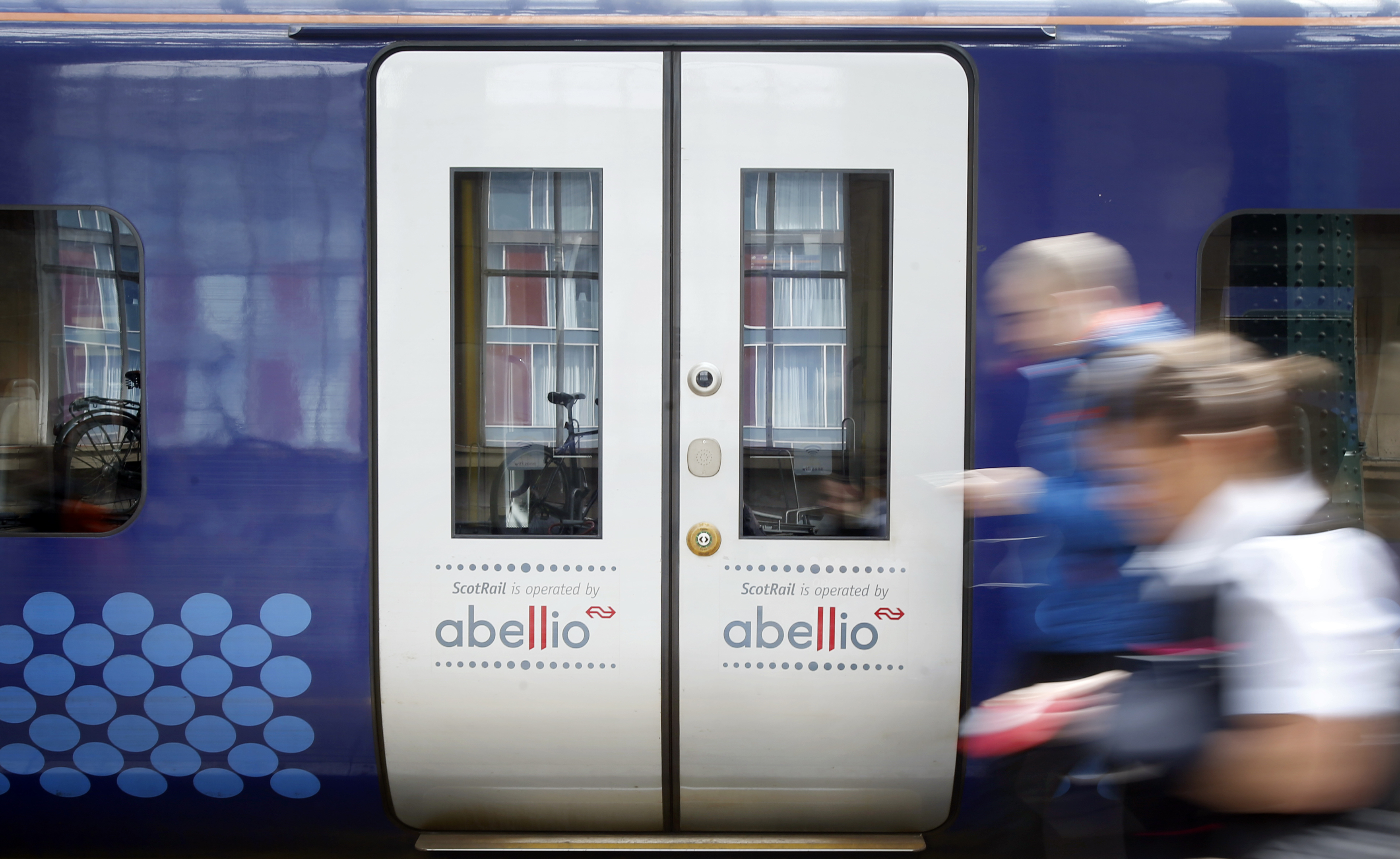
THERE has been a 20% increase in the number of times passengers have acted to prevent suicide on Britain’s railways, new figures show.
Some 163 interventions were made by members of the public between January and September compared with 136 during the same period in 2017, according to British Transport Police data published by Network Rail.
The increase follows the November 2017 launch of a campaign to encourage passengers to make small talk with anyone who appears vulnerable on the railway as this can interrupt suicidal thoughts.
A new phase of the Small Talk Saves Lives initiative emphasises that “each of us has all the experience we need to help save a life”.
TV and radio presenter Gaby Roslin features in a campaign video and station announcement after stopping to talk to someone in a park when she noticed something was wrong.
She said: “Little conversations we have every day can be all that’s needed to interrupt suicidal thoughts.
“Once you know that you have the power to make a difference, you’re more likely to step in and do something.”
Samaritans chief executive Ruth Sutherland described the increase in interventions by passengers as “really heartening”.
She went on: “Even if small talk doesn’t come naturally to you, if something doesn’t feel right, please try to start a conversation. There’s no evidence you’ll make things worse.”
Head of suicide prevention at Network Rail Ian Stevens said: “Realising another person cares enough to stop and talk to you can make all the difference. It can be the first step on that road to recovery.”
Small Talk Saves Lives encourages passengers to notice possible warning signs, such as a person standing alone and isolated, looking distant or withdrawn, staying on the platform a long time without boarding a train, or displaying something out of the ordinary in their behaviour or appearance.
The campaign notes that there is “no single sign or combination of behaviours that mean a person is suicidal” but urges people to act if “something doesn’t feel right”.

Enjoy the convenience of having The Sunday Post delivered as a digital ePaper straight to your smartphone, tablet or computer.
Subscribe for only £5.49 a month and enjoy all the benefits of the printed paper as a digital replica.
Subscribe